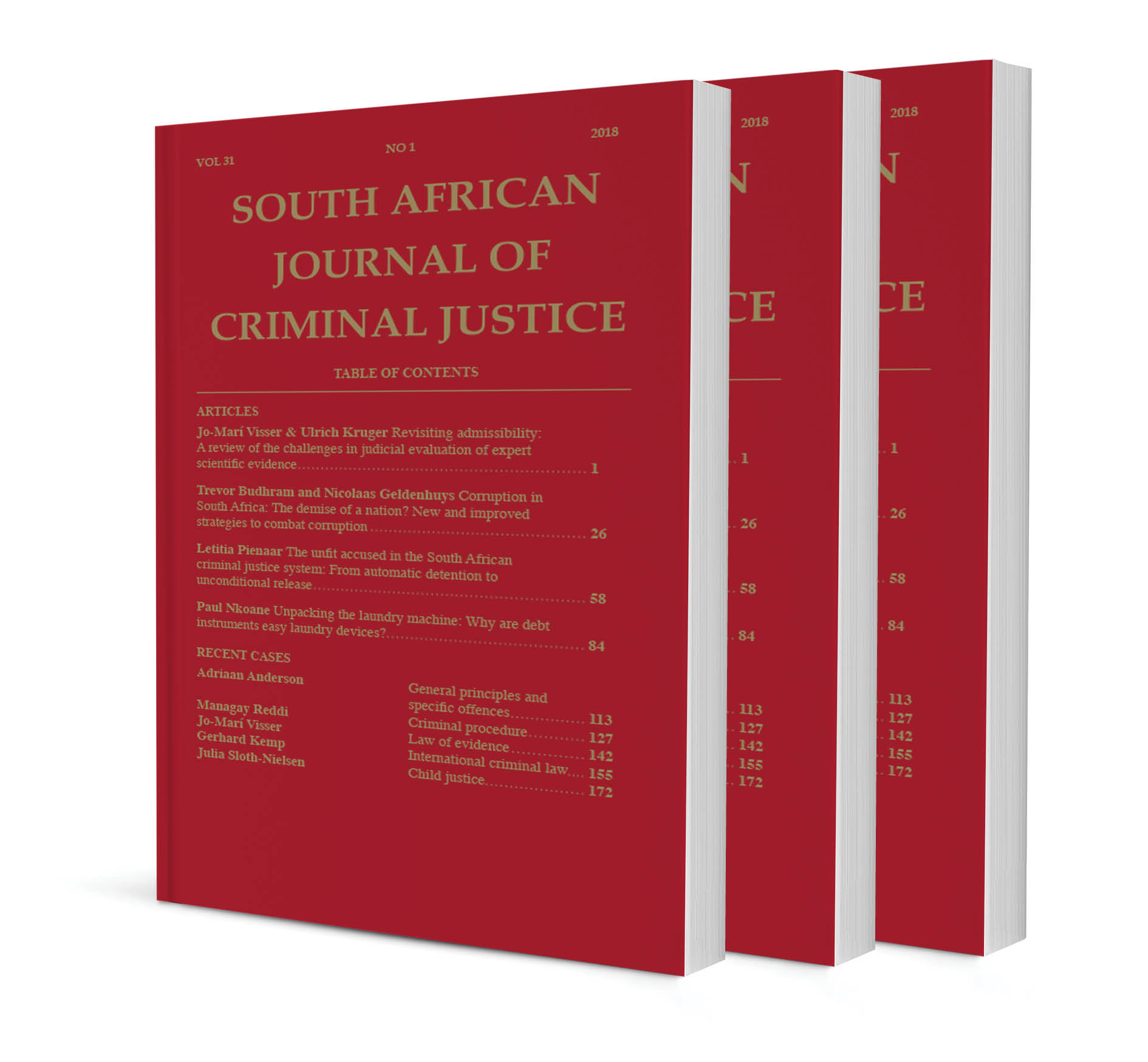Voice identification and ear-witnessing in the dock

Voice identification and ear-witnessing in the dock
Authors Lirieka Meintjes-van der Walt
ISSN: 1996-2118
Affiliations: Adjunct Professor, Law, Science and Justice Research Niche Area Leader, University of Fort Hare, Advocate of the High Court of South Africa
Source: South African Journal of Criminal Justice, Volume 31 Issue 3, p. 391 – 409
Abstract
This article defines ear-witness identification and discusses voice identification as a mechanism for legal fact-finding. It is contended that voice identification evidence proffered by a lay person is highly problematic. While the guidelines for the treatment of eyewitness testimony are clearly established in a number of jurisdictions, the treatment of ear-witness testimony is somewhat less regulated and specific issues pertaining to earwitness evidence are investigated in this article. A recent case, S v Mahlungu 2018 (2) SACR 64 (GP), which dealt with non-technical voice identification, is discussed and the article suggests that it might have been pertinent for the court to have taken cognisance of the guidelines for ear-witness evidence set out by Lord Justice Cage in R v Flynn and St John [2008] Crim LR 799. The article interrogates factors pertinent to ear-witness evidence such as voice identification parades; familiarity; time delay between the hearing of the voice during the commission of the crime and identification; interviewing ear-witnesses; suggestibility and fallibility. The article concludes that as voice identification in the legal sphere is still in its infancy, establishing best practice standards for conducting voice line-ups is needed. It is furthermore contended that ear-witness evidence is generally weak evidence and should be treated with great caution and that this complex matter should not be considered on the basis of intuition, common sense and accepted beliefs but that decisions should be informed by empirical research. Finally, the article briefly refers to the NAS Report and the PCAST Report both of which strongly warned against scientifically unsubstantiated forensic evidence being accepted in court.